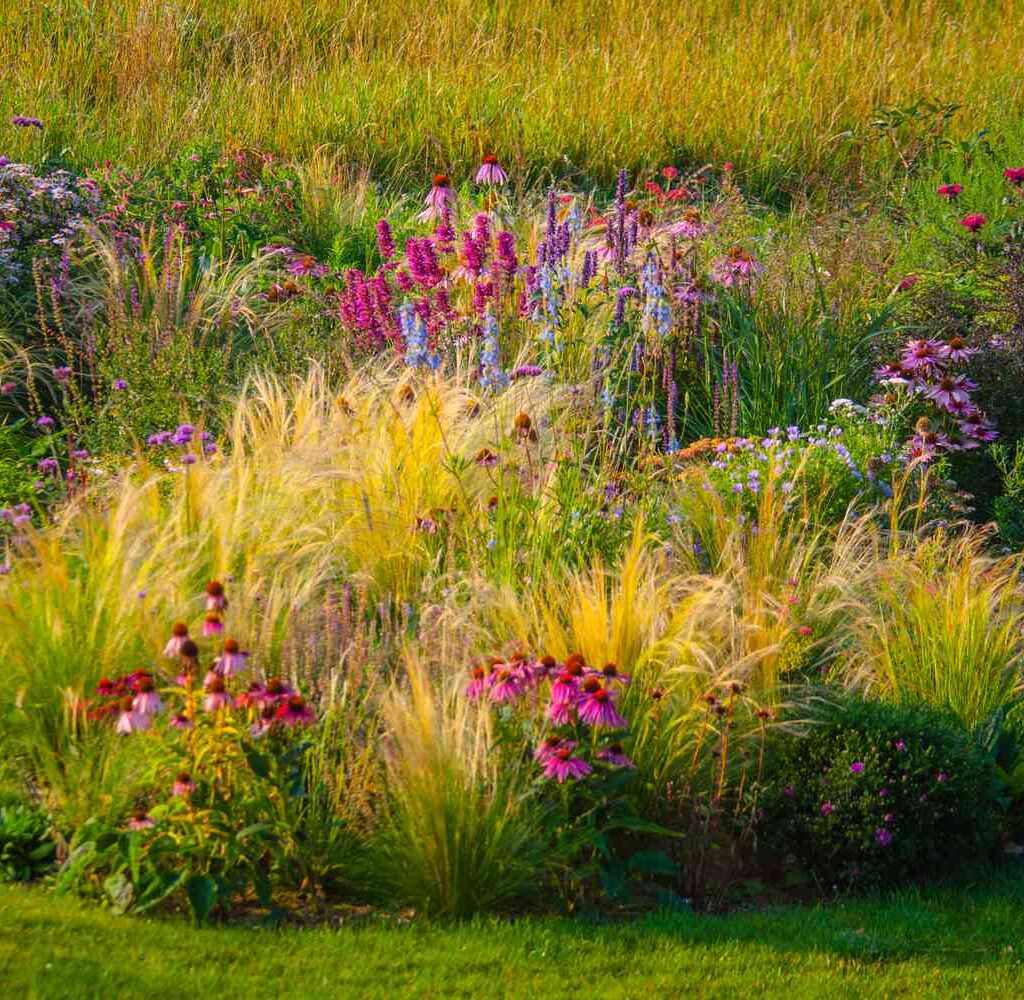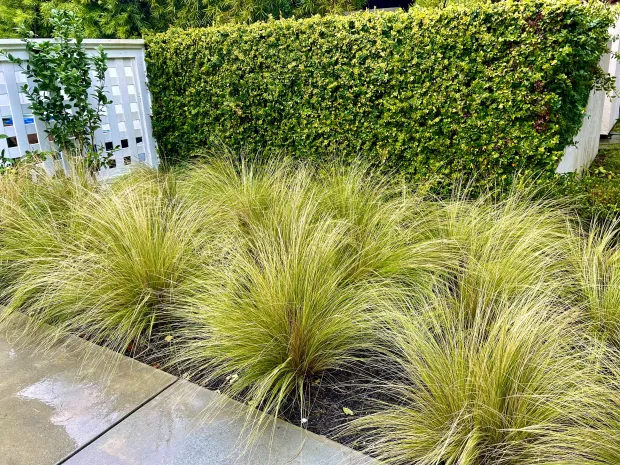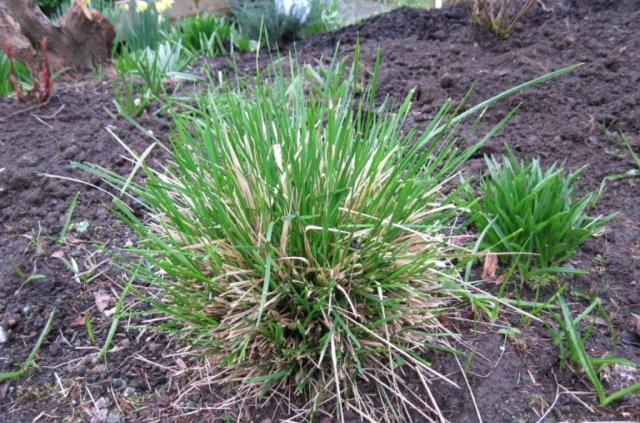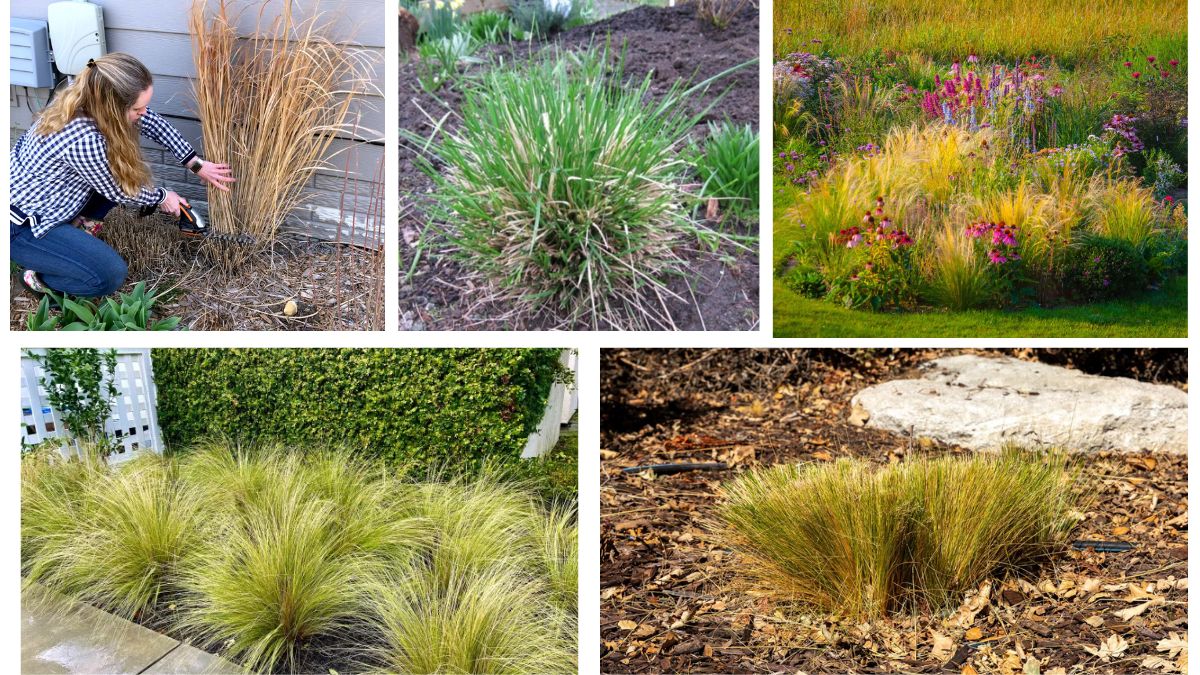Ornamental grasses have become a staple in modern landscaping for their versatility, graceful movement, and striking architectural presence. Whether soft and billowy or tall and dramatic, these low-maintenance plants add texture, sound, and year-round visual interest to gardens. However, like all plants, they require some occasional upkeep — and one of the most important tasks is knowing when to trim back ornamental grasses.
While it might seem simple, the timing and technique of trimming can significantly affect a grass’s health, appearance, and performance. In this article, we’ll explore why, when, and how to cut back ornamental grasses, while also addressing the specific needs of both cool-season and warm-season varieties. By the end, you’ll have a clear, practical guide for keeping these garden beauties thriving throughout the year.
Why Trim Ornamental Grasses?

Ornamental grasses may appear self-sufficient, but occasional pruning offers several important benefits:
1. Encourage Healthy New Growth
Cutting back old, dead foliage allows sunlight and air to reach the plant’s center, stimulating healthy, vibrant new shoots in the growing season.
2. Maintain a Neat, Tidy Appearance
While the golden hues and seed heads of grasses add winter interest, by late winter or early spring, they often turn tattered and weather-beaten.
3. Prevent Disease and Pests
Removing old growth reduces the risk of harboring overwintering pests or fungal spores.
4. Control Size and Shape
Some ornamental grasses spread aggressively or grow quite tall. Annual trimming helps keep them within their designated space and looking proportional in your landscape.
Understanding Grass Types: Cool-Season vs. Warm-Season

The key to determining when to trim ornamental grasses lies in knowing whether your plants are cool-season or warm-season grasses. Each type grows on a different schedule, requiring trimming at distinct times of year.
Cool-Season Grasses
Examples:
- Fescue (Festuca spp.)
- Tufted Hairgrass (Deschampsia cespitosa)
- Blue Oat Grass (Helictotrichon sempervirens)
Growth Pattern:
- Begin growing in early spring.
- Thrive in cool weather (spring and fall).
- May go dormant during hot summer months.
- Some remain semi-evergreen in mild climates.
When to Trim:
- Late winter to early spring, just before new growth emerges.
- Optionally, light trim in early summer to tidy appearance if needed.
Why This Timing Matters:
Cutting too early can expose crowns to cold damage, while trimming too late risks removing tender new shoots.
Warm-Season Grasses
Examples:
- Miscanthus (Miscanthus sinensis)
- Fountain Grass (Pennisetum alopecuroides)
- Switchgrass (Panicum virgatum)
- Muhly Grass (Muhlenbergia capillaris)
Growth Pattern:
- Start growing later in spring once soil temperatures warm.
- Peak growth in summer and early fall.
- Go fully dormant in winter.
When to Trim:
- Late winter to early spring, before new green growth appears.
Why This Timing Matters:
Leaving foliage through winter provides habitat for wildlife, visual interest, and protection for plant crowns. Cutting too early can expose plants to freeze damage, while cutting too late risks damaging new shoots.
Step-By-Step Guide to Trimming Ornamental Grasses

Tools You’ll Need:
- Hand pruners for small grasses
- Hedge shears or garden loppers for medium to large clumps
- Electric hedge trimmers for very large, dense grasses
- Heavy-duty garden gloves
- Twine or bungee cords (optional)
How to Trim:
- Wait for the Right Time:
Late winter to early spring is ideal for most ornamental grasses. - Bundle the Grass (Optional):
For larger clumps, gather the blades together and tie with twine a foot or two above the base. This makes cleanup easier and ensures an even cut. - Cut Back Old Growth:
- Cool-season grasses: Cut back to 2–3 inches above the ground.
- Warm-season grasses: Cut back to 4–6 inches above the ground.
- Dispose of Clippings:
Compost healthy, disease-free clippings or use as mulch in other areas of the garden. Discard any material showing signs of disease or pest damage. - Clean Up Debris:
Remove dead leaves and stems from around the crown to prevent rot and pests.
Tips for Dividing Overgrown Clumps

Many ornamental grasses benefit from division every 3–5 years to rejuvenate growth and prevent overcrowding.
When to Divide:
- Cool-season grasses: Early spring or fall.
- Warm-season grasses: Late spring to early summer, once new growth begins.
How to Divide:
- Dig up the entire clump.
- Use a sharp spade or saw to cut it into sections.
- Replant healthy divisions immediately.
Winter Interest: Why Some Gardeners Delay Trimming

Some gardeners choose to leave ornamental grasses uncut through winter for their aesthetic and ecological benefits:
- Visual Appeal: The seed heads and golden plumes catch snow and sway gracefully in winter winds.
- Wildlife Habitat: Seed heads provide food for birds, and the dense foliage offers shelter for beneficial insects.
- Erosion Control: Grass clumps help anchor soil and reduce winter runoff.
If you appreciate these benefits, you can postpone trimming until late winter or very early spring before new shoots appear.
Common Mistakes to Avoid
- Cutting too early: Exposes crowns to frost damage.
- Cutting too late: Risks cutting emerging shoots.
- Improper tool use: Large grasses require heavier-duty tools for clean, efficient cuts.
- Ignoring type differences: Warm- and cool-season grasses follow different trimming schedules.
Conclusion
Knowing when to trim back ornamental grasses is crucial for maintaining their health, appearance, and long-term vitality. The general rule is to cut back late in winter to early spring, just before new growth emerges. However, the exact timing depends on whether your grass is a cool-season or warm-season variety.
Cool-season grasses should be trimmed in early spring, while warm-season grasses are best left through winter for visual appeal and ecological benefits, then trimmed before the growing season begins. Regular trimming rejuvenates plants, prevents disease, and controls size, while leaving grasses uncut during colder months adds beauty and wildlife value to your garden.
By mastering the proper timing and technique, you’ll ensure your ornamental grasses remain a striking and dependable feature in your landscape for years to come.





